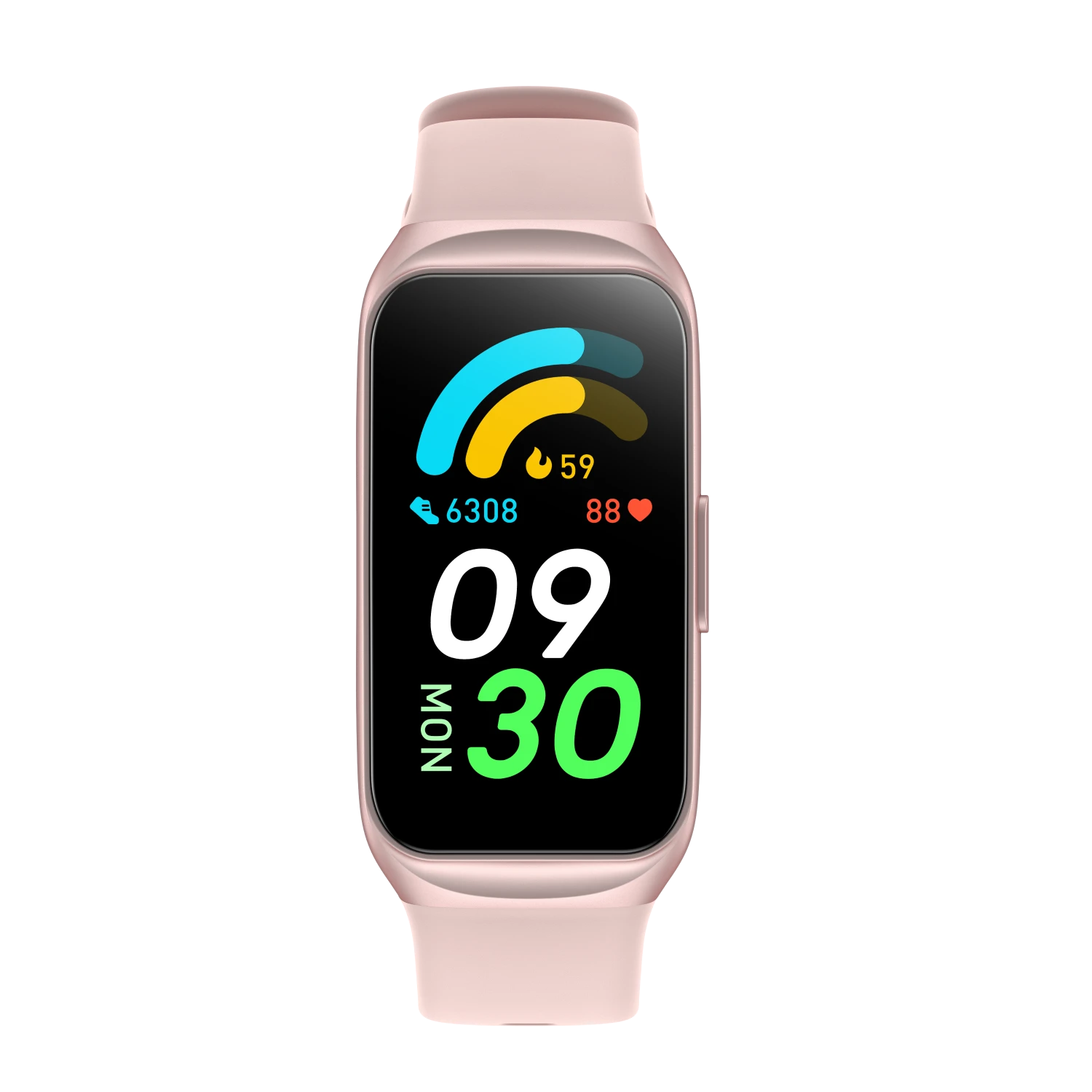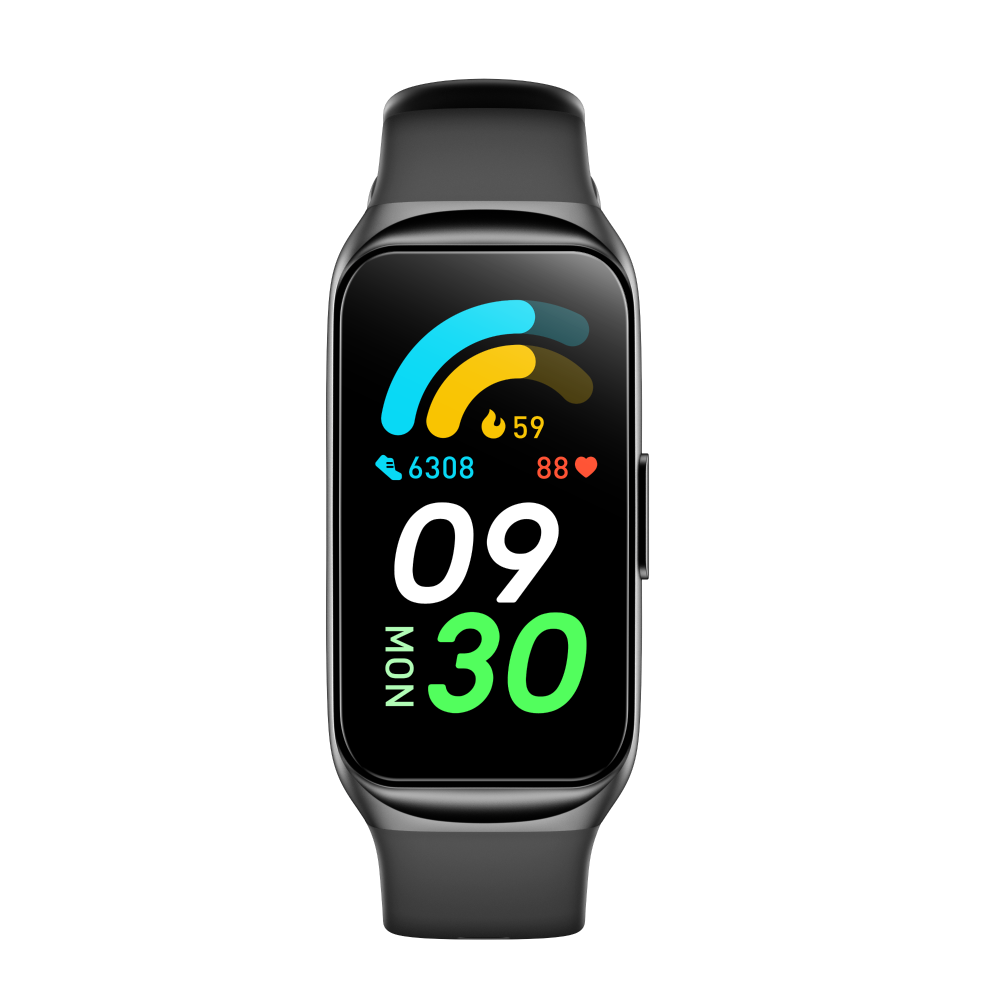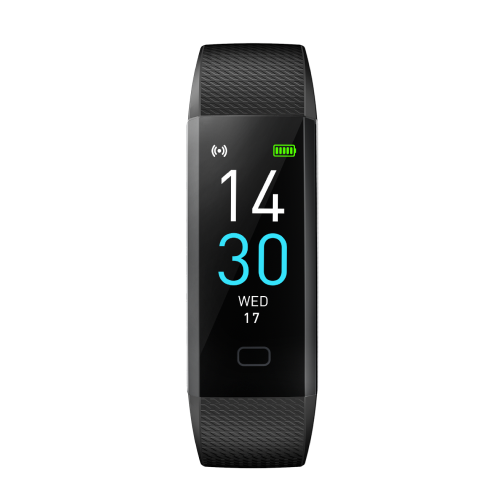Você já deve ter ouvido falar que caminhar 10.000 passos por dia é um bom exercício para alcançar suas metas de atividade e calorias, e muitos relógios inteligentes e rastreadores de fitness recomendam isso. Ele inclui passos de todas as atividades diárias rastreadas pelo rastreador de fitness, como caminhar, subir escadas e assim por diante, dependendo do algoritmo empregado.
Mas você já pensou no que acontece se você der 10.000 passos por dia? Pode parecer muito. Mas caminhar tanto pode ajudá-lo a queimar 400 a 500 calorias. Pode melhorar o seu humor e melhorar o seu sono também. É um dos métodos mais fáceis de ser saudável e ativo e você não precisa ir à academia para fazê-lo.
Se você quer queimar mais calorias, sentir-se mais acordado ou simplesmente se mover mais, caminhar pode ajudar. Abaixo estão 6 vantagens da vida real para adicionar a caminhada à sua rotina diária – e por que um rastreador de fitness pode ser a chave para mantê-lo.
1. Burn More Calories
Caminhar pode não parecer um exercício difícil, mas queima muitas calorias. Um estudo de 2018 na publicação Obesity concluiu que a atividade física tem um forte efeito no controle de peso. Ajuda as pessoas a queimar mais gordura nos primeiros 6 meses, e tomar 10.000 passos por dia foi encontrado para estar relacionado com a perda de peso e manutenção de peso.
Se você der 10.000 passos por dia, você queimará cerca de 400 a 500 calorias. Quantas calorias você queima vai depender do seu peso corporal, velocidade de caminhada, intensidade do exercício e duração da caminhada. Aumenta a frequência cardíaca e tem como alvo os principais grupos musculares, como glúteos, isquiotibiais, panturrilhas e coxas. Ajuda a queimar gordura e a construir o tónus muscular.
Essas etapas serão montadas em breve. Você pode facilmente atingir seu objetivo apenas realizando suas atividades diárias normais, como ir às compras, passear com o cachorro ou andar enquanto está ao telefone.
Recomendado
Com um smartwatch ou um rastreador de fitness, como o Runmefit S5 Fitness Tracker, pode ajudar a calcular os seus passos dados, calorias queimadas e distância percorrida, dando-lhe uma imagem clara de quão ativo está ao longo do dia. Recursos como Metas Diárias podem lembrá-lo de ser ativo também, eles irão motivá-lo a caminhar mais passos todos os dias. Dessa forma, você pode perder peso naturalmente ou manter um peso saudável, às vezes sem nem saber.
2. Lower Your Risk of Chronic Diseases
Caminhar 10.000 passos por dia pode não parecer muito, mas pode ter um grande impacto na sua saúde a longo prazo. O que parece um pequeno hábito diário pode realmente levar a grandes benefícios ao longo do tempo. Caminhar regularmente ajuda a baixar a pressão arterial, reduzir a inflamação e manter os níveis de glicose no sangue sob controle, fatores-chave para reduzir o risco de doenças crônicas , como doenças cardíacas, diabetes tipo 2 e acidente vascular cerebral. Melhor parte? Você não precisa de uma associação de academia para fazer isso acontecer.
Os relógios inteligentes podem levar as coisas para o próximo nível. Muitos estão repletos de funcionalidades de monitorização da saúde que lhe dão feedback em tempo real sobre o seu corpo. Relógios avançados, como o Apple Watch , podem monitorar sua frequência cardíaca ao longo do dia e até alertá-lo se ela estiver anormalmente alta ou baixa. Alguns modelos de relógios vão um passo além, detetando ritmos cardíacos irregulares – potenciais sinais iniciais de problemas cardíacos mais graves.
3. Improve Your Mental Health
Já reparou como uma caminhada pode fazer você se sentir melhor? Na verdade, há ciência por trás desse sentimento. Caminhar faz com que seu corpo libere serotonina e endorfinas – aquelas substâncias químicas que ajudam a aliviar o estresse, reduzir a ansiedade e até aliviar a depressão leve. Mesmo uma rápida caminhada de 20 minutos para fora pode dar à sua mente um reset e deixá-lo se sentindo revigorado.
Recomendado
Ecrã AMOLED de 1,46 polegadas, contador de passos, monitorização de calorias, monitorização da frequência cardíaca 24 horas por dia, 7 dias por semana, tensão HRV, até 15 dias de autonomia da bateria
Ecrã AMOLED de 1,95 polegadas, monitorização de atividades diárias, contador de passos, monitorização do sono, exercício respiratório, até 14 dias de autonomia da bateria
Usar smartwatches como o Runmefit GTR3 AMOLED Smart Watch com recursos como respiração guiada e exercícios de atenção plena pode ser mais eficaz na redução dos níveis de estresse. Alguns smartwatches também irão lembrá-lo de se levantar e se movimentar se estiver sentado por muito tempo — também é uma maneira de ajudá-lo a se manter ativo e dar mais passos para aliviar o estresse e limpar sua mente.
4. Strengthen Bones and Relax Joints
Caminhar é a maneira mais conveniente e de baixo impacto de se manter ativo, tornando-o ideal para pessoas de todas as idades e níveis de condicionamento físico. Ao contrário dos treinos de alta intensidade, é suave nas articulações enquanto ainda ajuda a manter os ossos fortes e o corpo em movimento.
Caminhar 10.000 passos por dia pode promover a flexibilidade articular, diminuir o risco de artrite e osteoporose e apoiar um melhor equilíbrio, coordenação e aptidão física geral. Tudo isto ajuda-o a manter-se independente e móvel à medida que envelhece.
5. Aumenta a sua energia

Caminhar 10.000 passos por dia não é apenas bom para o seu corpo, é um impulso para a sua mente e espírito também. Você pode fazê-lo praticamente em qualquer lugar, a qualquer momento. Faz maravilhas para o seu cérebro. Caminhar aumenta o fluxo de oxigênio e melhora a circulação, o que ajuda você a ficar alerta, focado e até um pouco mais criativo.
Da próxima vez que se sentir esgotado ou mentalmente preso, tente dar um passeio rápido em vez de tomar outra chávena de café. Mesmo um curto passeio pode limpar a sua cabeça e recarregar as suas energias, ajudando-o a sentir-se mais produtivo ao longo do dia.
Precisa de um pontapé inicial na criatividade? Saia, dê um passeio e deixe o seu smartwatch contar os passos enquanto o seu cérebro recarrega.
6. Get a Better Night's Sleep
Tem dificuldade em adormecer? Caminhar 10.000 passos por dia pode ajudar. Não se trata apenas de manter a forma – caminhar regularmente pode realmente ajudar a melhorar o seu sono. Muitas pessoas que andam consistentemente dizem que dormem melhor à noite. Isso porque caminhar ajuda a regular o relógio interno, reduz o estresse e facilita o corpo em um ritmo natural que suporta um sono mais profundo e repousante.
E não se preocupe, você não precisa dar 10.000 passos de uma só vez. Espalá-los ao longo do dia pode ser igualmente eficaz.
Com um rastreador de fitness, é mais fácil acompanhar o progresso do seu objetivo de passos diários e a qualidade do seu sono noturno, tudo em um só lugar. É um hábito simples e realizável que pode fazer uma grande diferença na forma como se sente descansado.
Porque é que um relógio inteligente é o seu melhor parceiro de caminhada?
Quer esteja a caminhar em busca de uma saúde melhor, com o objetivo de se manter em forma ou simplesmente a tentar atingir a meta dos 10.000 passos, um smartwatch pode ser um divisor de águas. É mais do que apenas um contador de passos – é o seu treinador pessoal, guia de saúde e rastreador de progresso reunidos em um só.
Eis como um smartwatch o ajuda a andar de forma mais inteligente e a manter-se consistente:
- Acompanhamento de passos em tempo real: saiba sempre quantos passos deu e quantos faltam para atingir o seu objetivo.
- Motivação em tempo real: Está sentado há demasiado tempo? O seu relógio dá-lhe um empurrão suave para se mexer e anima-o quando atinge marcos.
- Métricas de saúde em resumo: obtenha atualizações em tempo real sobre frequência cardíaca, calorias queimadas e como sua caminhada contribui para o seu bem-estar geral.
- Melhor Plano de Sono: Acompanhe o seu descanso e veja como os seus hábitos diários de caminhada estão a melhorar o seu sono ao longo do tempo.
- Desafios Engraçados e Metas: Mantenha-se inspirado com desafios de passos divertidos, objetivos pessoais ou uma pequena competição amigável com amigos.
- Consciência durante todo o dia: Quer esteja a passear com o cão, a fazer compras de supermercado ou a fazer uma pausa rápida no trabalho, o seu smartwatch capta cada passo, para que não tenha de pensar nisso.
Pense nisso como o seu treinador de fitness no pulso, sempre incentivando-o, ajudando-o a manter-se no caminho certo e certificando-se de que cada passo conta.
Pronto para começar a caminhar 10.000 passos por dia?
Aqui estão algumas dicas para ajudá-lo a começar:
- Acompanhe seus passos por alguns dias usando um pedômetro ou relógio inteligente para ver por onde você começa.
- Estabeleça pequenas metas, aumentando seus passos em 500 a 1.000 por semana.
- Procure momentos de caminhada — após as refeições, durante os intervalos ou durante as chamadas.
- Comprometa-se com um desafio de 30 dias para criar impulso.
- Comemore cada vitória, por menor que seja!
Caminhar é um dos hábitos mais fáceis de manter – e por um bom motivo. De todas as rotinas de fitness disponíveis, tem a maior taxa de sucesso quando se trata de consistência. Porquê? Porque é simples, flexível e não requer equipamento sofisticado ou uma associação de academia.
Mas, como em qualquer mudança, começa com um passo. A chave é concentrarmo-nos no progresso e não na perfeição. Ouça seu corpo, aumente seus passos gradualmente e aproveite as mudanças constantes e positivas que a caminhada traz para sua vida – física, mental e emocionalmente.
E não se esqueça de celebrar os seus marcos! Quer tenha atingido o seu objetivo de passos semanais ou completado um mês inteiro de caminhadas diárias, reserve um momento para reconhecer o quão longe chegou. Essas pequenas vitórias constroem motivação e lembram que você está indo na direção certa, um passo de cada vez.

























